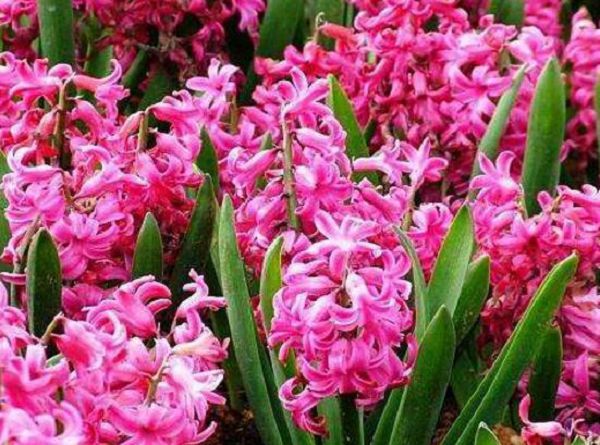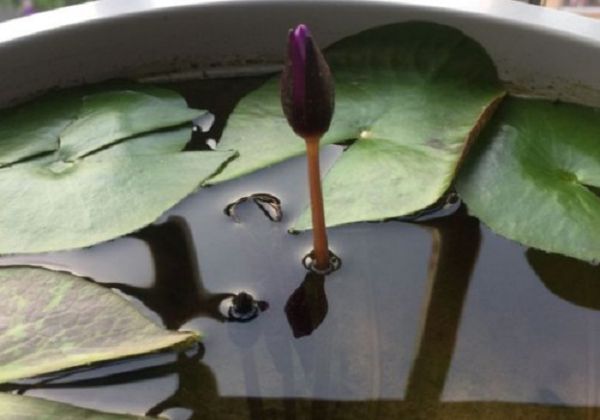The longevity flower needs to master the skill of fertilizing, so that it can blossom vigorously and blossom.

Longevity flower is a kind of plant that likes fertilizer very much, because it blossoms a lot, florescence is long, and consumes a lot of nutrients. But at the same time, it is not tolerant to thick fertilizer, especially raw fertilizer, otherwise it is easy to cause fertilizer damage to it. Because its fleshy fibrous root is very fragile, it is easy to rot due to fertilizer damage. Especially in the flowering stage, we should master some skills to make it grow more vigorously and blossom more.
Fertilizing longevity flowers is not only to do a good job of topdressing management in the later stage, but also to apply sufficient base fertilizer to them when they are put on the pot. On the other hand, the base fertilizer should generally choose the fertilizer with long-lasting effect and mild fertility, which can provide nutrients to the plant continuously. And this kind of base fertilizer is safer to use and is not easy to harm the roots of longevity flowers.
However, whether it is base fertilizer or topdressing, we should control the concentration and amount of fertilizer, otherwise it is easy to cause fertilizer damage to longevity flowers, resulting in rotting roots, and there will be no flowers to enjoy in the later stage. The base fertilizer is preferably some rotten farm organic fertilizer, such as animal manure such as sheep manure and chicken manure, which have been fully fermented. Generally, mix well with the soil and bury it in the bottom of the basin, or sprinkle it directly on the basin surface after it is ready.
If we apply enough base fertilizer correctly, it will be very beneficial to the growth and management of longevity flowers in the later stage. And the effect of farm manure is very long, even for as long as a year. Therefore, as long as we can correctly apply base fertilizer to longevity flowers, then the later maintenance management will become twice the result with half the effort and easier.
But at flowering stage, in order to promote budding, we need to apply phosphorus and potassium fertilizer to promote flowering, mainly potassium dihydrogen phosphate or Huaduoduo No. 2. However, if you feel that the plant does not grow vigorously and grows thinly during flowering, it will inevitably affect its next flowering. Therefore, before changing to phosphorus and potassium fertilizer, we suggest applying some nitrogen, phosphorus and potassium compound fertilizer for it, and then applying phosphorus and potassium fertilizer.
Longevity flowers grow except blossom in life. Because its flowering is also a manifestation of growth, we need to fertilize it on time to replenish nutrients. However, it is necessary to achieve low frequency and low concentration, so that it will not produce fertilizer damage, and at the same time can better promote plant growth. It can be seen that the focus of fertilization for longevity flowers is in two stages: one is fertilization during the growing period, and the other is fertilization at the flowering stage, and correct methods should be mastered.
Related
- Fuxing push coffee new agricultural production and marketing class: lack of small-scale processing plants
- Jujube rice field leisure farm deep ploughing Yilan for five years to create a space for organic food and play
- Nongyu Farm-A trial of organic papaya for brave women with advanced technology
- Four points for attention in the prevention and control of diseases and insect pests of edible fungi
- How to add nutrient solution to Edible Fungi
- Is there any good way to control edible fungus mites?
- Open Inoculation Technology of Edible Fungi
- Is there any clever way to use fertilizer for edible fungus in winter?
- What agents are used to kill the pathogens of edible fungi in the mushroom shed?
- Rapid drying of Edible Fungi



